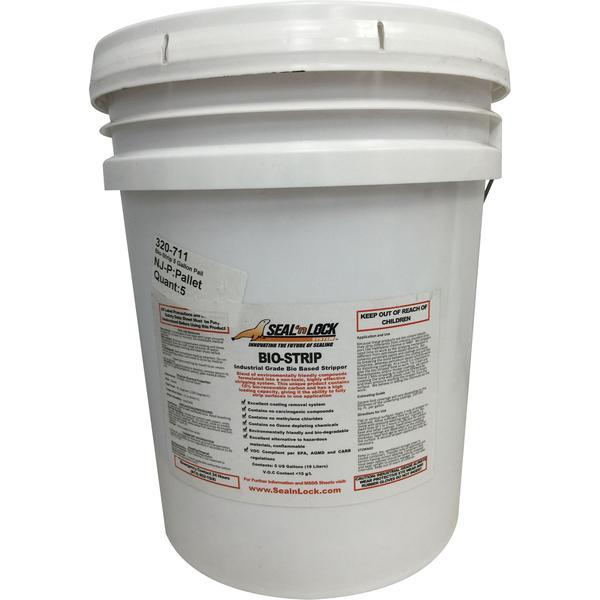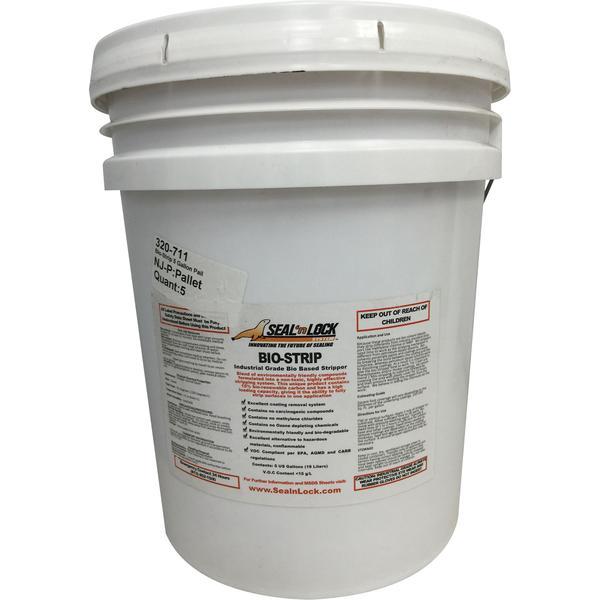Answer
Nov 16, 2023 - 08:01 AM
The colder weather will increase dwell times, we recommend application above 40 degrees and to not apply below freezing.
information on BioStrip and Dwell Times
Because these products are bio-solvent blends they strip differently from industry standard strippers and paver sealer removers like methylene chloride or NMP. Bio-strippers need time to work as the stripping mechanism is different from petroleum-based solvents. Bio-solvents penetrate paints, paver sealers and coatings and work by breaking the bond between the coating and the substrate where petroleum-based solvents work by dissolving coatings. As a result, it is important to give the bio-stripper time to work.
For 2 part urethane/epoxies and/or thicker coatings, we recommend 2 Mils stripping to substrate followed by covering the area with plastic cover for 12 hours and then pressure washing the stripper from the surface. We believe in letting the chemicals do the work.
Dwell times needed to remove coatings are dependent on the coating thickness, type, and age as well as the porosity of the surface. A second stripper application may be necessar
The data below outlines typical performance for removing various types of coatings. Coating time will vary depending on coating thickness and surface temperature.
Coating Type
Strip Time
Acrylic coating (12mils)20 - 30 minutes
Acrylic (12 mils) over elastomeric (8 mils)3 hours
Moisture-cured epoxy10 - 20 minutes
2 Part waterborne epoxy45-60 minutes
Oil & water stains, transparent or pigmented20 - 30 minutes
Oil based enamel20 - 30 minutes
Polyurethane45 - 60 minutes



